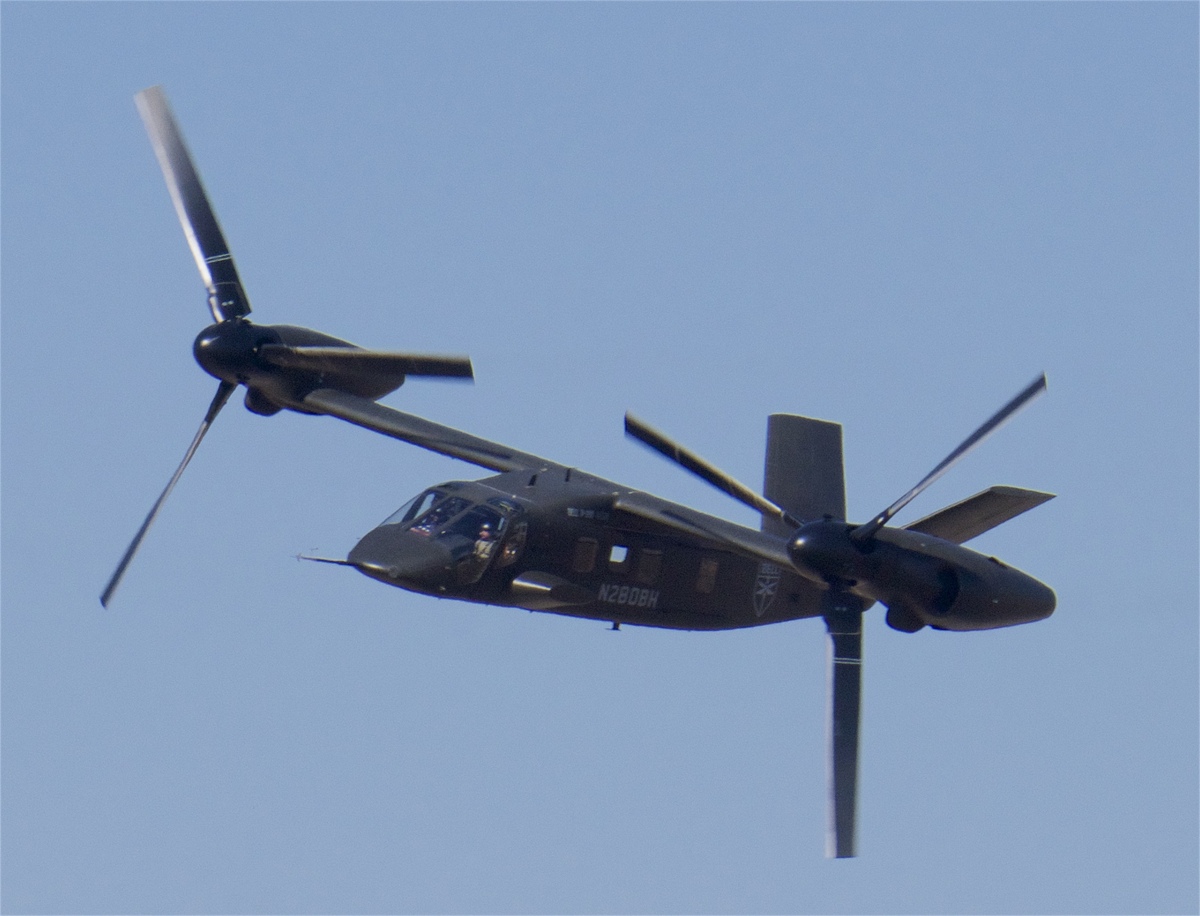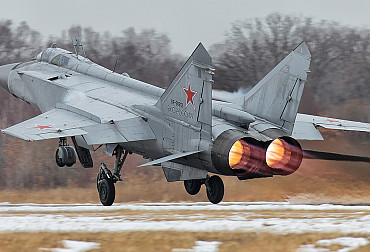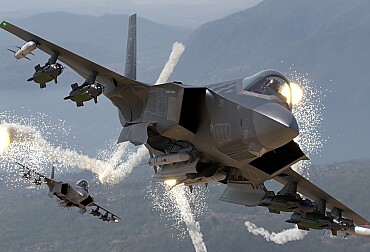Uncertain Skies: Political Hurdles Slow Black Hawk's Successor
The U.S. Army has picked the legendary 101st Airborne Division to be the first to field the MV-75, a next-generation tiltrotor aircraft set to replace the long-serving UH-60 Black Hawk. Part of the Future Vertical Lift (FVL) program, the MV-75 is being hailed as a transformative leap forward in speed, range, and battlefield mobility.
Developed by Bell and Lockheed Martin and based on the V-280 Valor, the MV-75 is designed to fly over 320 miles per hour, carry 14 troops, and return with wounded soldiers — all while operating far beyond the limits of current helicopters.

“This aircraft changes how we move forces — it changes the geometry of ground combat,” said Gen. James Mingus, the Army’s Vice Chief of Staff.
A New Machine for a New Fight
Despite its promise, the MV-75 isn’t expected to reach front-line units until 2030. That timeline, however, could shift. Defense Secretary Pete Hegseth’s recent call for faster military modernization could push the program forward. “The Army must transform at an accelerated pace,” Hegseth said, emphasizing a pivot from traditional manned helicopters to uncrewed systems and faster platforms.
The MV-75 is just one piece of the broader FVL initiative, which was launched in 2009 to overhaul the Army’s aging aviation fleet — including the Black Hawk, Apache, Chinook, and Kiowa. But while the MV-75 is moving ahead, not every project has survived. Earlier this year, the Pentagon scrapped the Future Attack Reconnaissance Aircraft (FARA) after investing $2 billion, citing insights from the war in Ukraine and the rising dominance of cheap drones over crewed aircraft.
The Black Hawk Legacy
Even as the MV-75 advances, the Black Hawk remains the Army’s workhorse. It’s trusted, familiar, and deeply embedded in Army operations. “The Black Hawk today is something like the Huey in the old Vietnam days — everybody has been in it, knows it, trusts it,” said Chief Warrant Officer 5 Barry Sledd of the 7th Infantry Division.
But the MV-75 represents more than a new airframe — it marks a fundamental shift in how the Army moves, fights, and survives. With greater speed, range, and flexibility, the aircraft could redefine battlefield dynamics for the next generation.
What’s Holding It Back?
Despite technical success, the program faces political friction and budgetary headwinds that could slow its rollout. Debates over costs, shifting priorities, and procurement reforms continue to cloud the aircraft’s future.
What’s at stake is more than just a helicopter replacement — it’s the Army’s vision for future warfare. The next few years will determine whether the MV-75 becomes a battlefield icon like its predecessor — or another ambitious idea grounded before takeoff.






